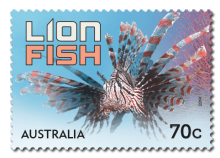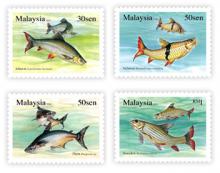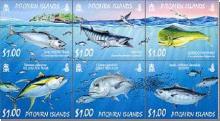
In this study, the leaching behavior of Dinotefuran (DNT), imidacloprid (IMD), and thiamethoxam (THM) was investigated in soils collected from an active AgriLife Research Extension Center (AREC) vineyard. A series of column experiments were conducted to evaluate the leaching potential of insecticides under two experimental scenarios: a) individual pulse mode, and b) mixed pulse mode. In both scenarios, the breakthrough pattern of the insecticides in the mostly acidic to neutral vineyard soil clearly demonstrates medium to high leachability. Of the three insecticides studied for leaching, DNT has exhibited high leaching potential and exited the column with fewer pore volumes, whereas IMD was retained for longer, indicating lower leachability. Relative differences in leaching behavior of neonicotinoids could be attributed to their solubility with the leaching pattern IMD < THM < DNT showing strong correlation with increasing aqueous solubility 610 mg/L < 4100 mg/L < 39,830 mg/L. Triplicate column study experiments were conducted to evaluate the consistency of the breakthrough pattern of these insecticides. The repeatability of the breakthrough curves shows that both DNT and IMD are reproducible between runs, whereas, THM shows some inconsistency. Leaching behavior of neonicotinoid insecticides based on the leachability indices such as groundwater ubiquity score, relative leaching potential, and partitioning between different environmental matrices through a fugacity-based equilibrium criterion model clearly indicates that DNT may pose a greater threat to aquatic resources compared to IMD and THM.










